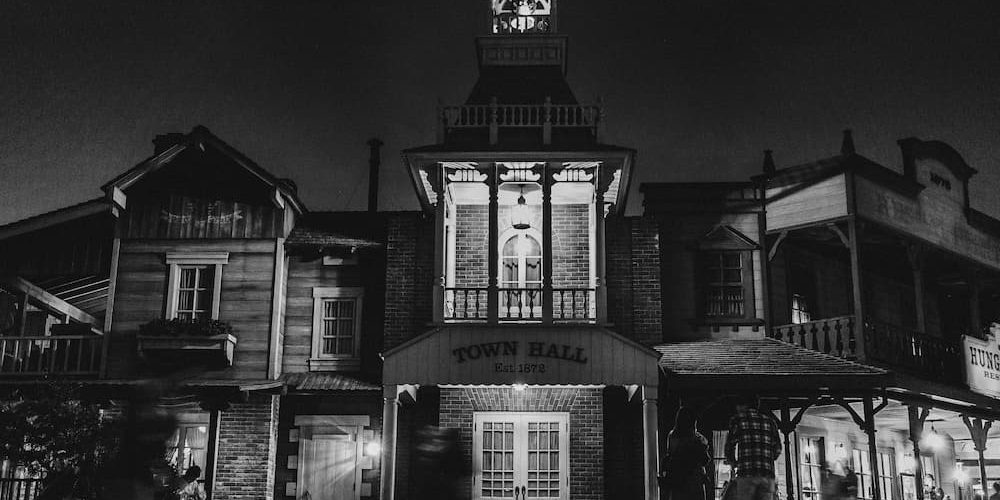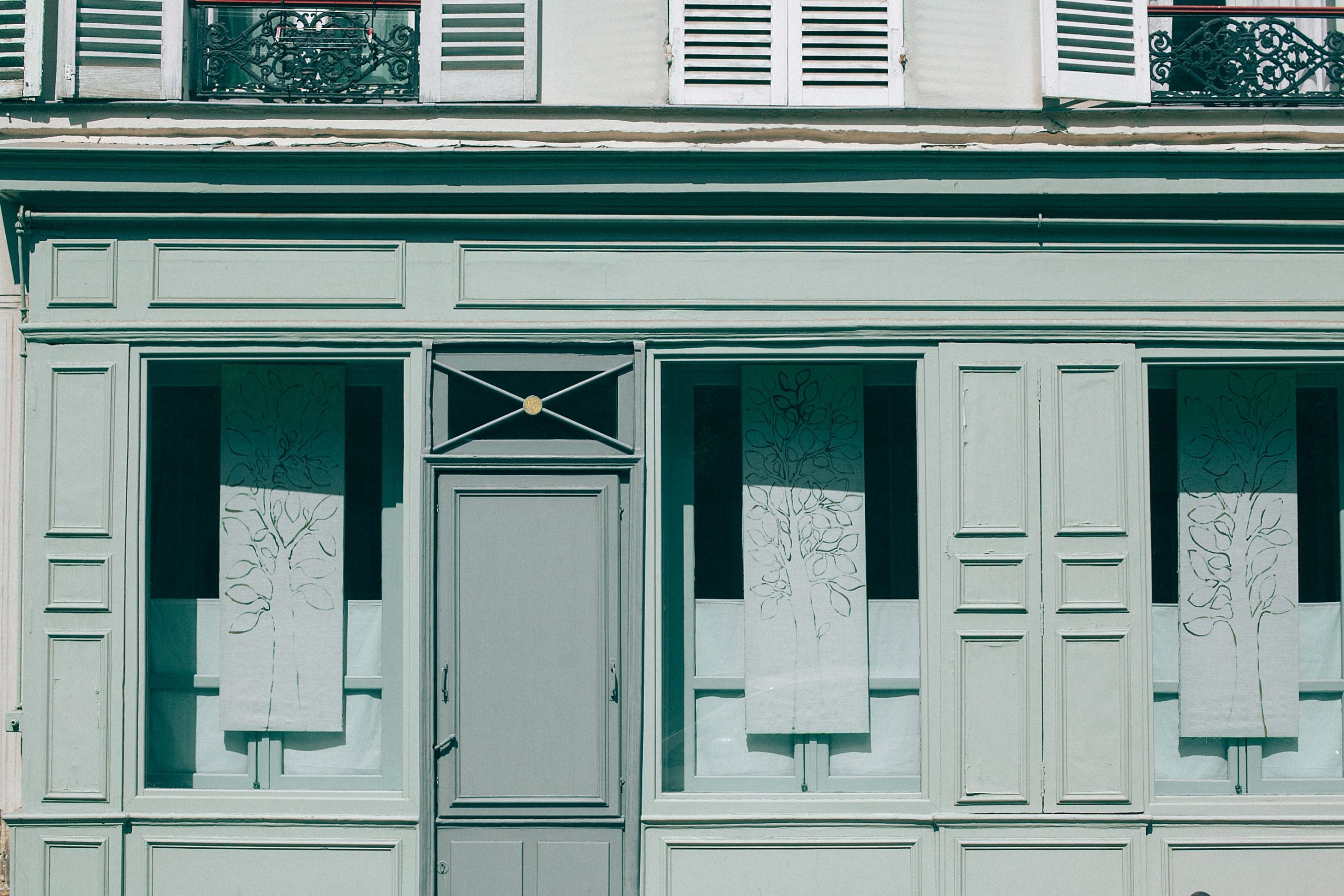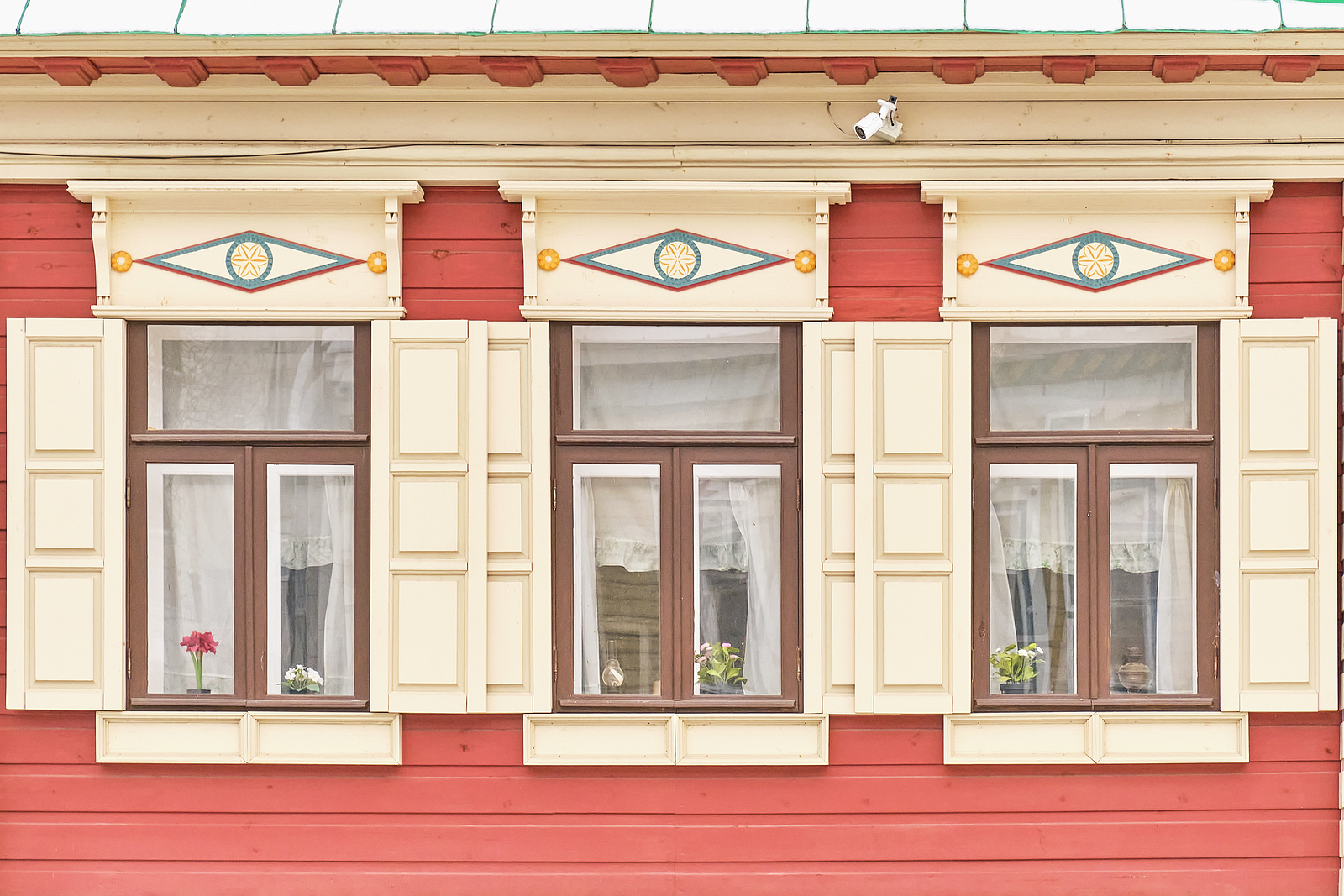Why Were Shutters So Popular In The Wild West?

By the 18th and 19th centuries, glassmaking and window pane installation had evolved to the point that most buildings could afford to have any glass fitted in their windowpanes, at least if they could afford to pay the window tax.
However, even with this in mind, shutters were still widely used in the 19th century, and in places such as the American Frontier, they were more popular than ever before, and for reasons that were equal parts an assertion of wealth and the result of practicality, depending on exactly where they were based.
In terms of practicality, they were often still used early on during the travels westward because glass windows were still a non-trivial expense that could not be wasted on log cabins and wooden buildings that might need to be abandoned quickly.
As a result, most windows were fitted with oiled paper, which whilst not transparent was at least translucent enough to allow light in.
Given that paper is not particularly resistant to the elements, it needed an additional layer of protection, which was often provided by solid wood shutters.
As frontier settlements became towns, these shutters were still used even as the paper was replaced by glass, primarily as a security method to secure buildings with valuable goods in them such as saloons and shops.
By contrast, in the American South, wooden shutters were used less as a necessity when battling the elements and more as a symbol of wealth and prosperity.
This was particularly the case with plantation complexes, which is why louvred shutters which can also be opened are known as plantation shutters. These were typically placed on the outside of a building to emphasise their nature as a status symbol, as well as a means to block and reflect bright sunlight.
As the era of the frontier ended with the dawn of the 20th century, wooden shutters have not only endured but a wider variety of them have become more accessible.
Related articles

Wooden Shutters Vs MDF Shutters: Which Is Best?
There is a considerable appeal in solid wood shutters, not merely for their aesthetic qualities but also their practicality. Compared to Venetian blinds, solid shutters last longer, require much less maintenance and provide more effective light control. They also have a tendency to stay in style, unlike many blind styles. However, a debate has emerged about […]

What Are The Most Ideal Shutter Colour Combinations?
If you are thinking of installing panel shutters, you might have looked at various designs and styles, but what about the colour? Many people have their own favourite colours and patterns when it comes to interior décor, but the combinations do need to be good to avoid bad mismatches, especially as visitors will be less […]